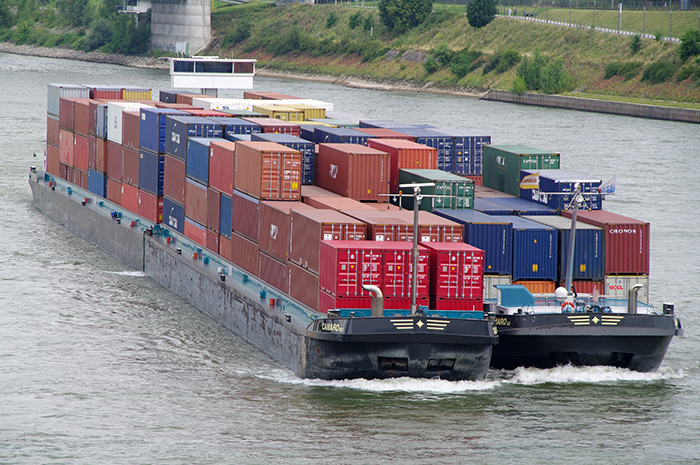
There is no industry or person left untouched by the course of events during the past year, and the chemical industry is no exception. Most recently, manufacturers started experiencing an inability to source necessary materials to maintain production quotas due, in large part, to these five factors:
- Covid-19 impacts that caused shutdowns and shifts in production, as well as temporary trade restrictions.
- A U.S.-China trade war, which triggered pressure to increase domestic production and employment.
- Truck driver shortages that started years ago during the recession when fewer drivers were needed as production decreased then never recovered as an aging workforce is not being replaced, resulting in inflated freight costs.
- Impacts from the winter storms in Texas due to power outages for four weeks to 80% of the state, damaged equipment, petrochemical plants remaining below capacity, and the impact of these factors on the global supply chain for chemical raw materials that are essential to the production of many products. These storms impacted an already strained logistics (trucking and rail) network with delays in freight passing through or originating from Texas. For those of us in the chemical industry, this has resulted in raw materials predicted to be unavailable until summer and manufacturing plants slow to restart production, especially of plastic polymers.
- Additionally, there have been ongoing container shipment disruptions since last autumn that have been compounded by the recent Suez Canal blockage, which caused hundreds of ships to be backlogged while waiting to pass or that were rerouted around The Cape of Good Hope, which adds 8-16 days to the voyage and associated costs. As manufacturing rebounded last year from the earlier Covid shutdowns, orders came in and containers were filled and shipped. They could not be unloaded fast enough to send back to refill, which created a backup in shipping lanes and ports. Additionally, they needed to be unloaded to rail and trucks, but there were not enough trucks available to meet the demand. This created a world-wide container shortage, as well as freight and shipping backlogs.
“The manufacturing industry is designed to output at a specific rate and scale back as needed, but it is not able to adjust quickly to large increases in demand,” says dar-tech’s Technical Director Tom Van Kuren.
Resulting price increases
Plastics prices are the highest the industry has seen in years. The price for PVC alone has more than doubled since last summer, according to S&P Global Platts. The price of other materials, including additives and specialty chemicals, also has surged.
Packaging prices increased due to plastics and lumber shortages. Raw material increases caused suppliers to pass on price increases to distributors who pass them on to manufacturers who pass them on to consumers. We all have experienced this when we’ve gone to the grocery store during the past year and seen our grocery bill double, in many cases. The entire supply chain is impacted in a butterfly effect where one small action in a complex system produces large effects elsewhere in the system.
Demand outpaces supply
Interestingly, manufacturers have seen an uptick in business orders, but have been unable to meet the demand due to these supply chain issues. One of our suppliers shared this data with us about one of its product lines. The supplier has seen orders double since October 2020 due to companies that let their inventories dry up last summer in an unstable economic environment with decreased production and now are scrambling to get back to normal inventory levels.
What can we do?
In our experience, the first step, and sometimes the only one you can take when there is no product to sell or product to buy, has been transparency. Early communication of delays, issues with availability, or price changes needs to happen immediately. This involves stepping up your customer service game. Another tactic, where possible, is to substitute one material for another that is comparable or will make the current stock last longer. For instance, with the titanium dioxide shortage, it was possible to use an extender that allows the manufacturer to use less titanium dioxide in its formulation. And, more than ever, manufacturers been leaning on their ERP system and procurement staff to map the supply chain, monitor inventory, identify vulnerabilities, and mitigate shortages before they reach the critical stage. They also have turned to regional distributors and diversified their distribution network to have multiple sources at their disposal.
Looking to the future
How long will it take for inventories to recover and for prices to return to normal? Well, from what we’re hearing availability of materials should start moving back to normal levels by late spring/early summer, but it seems that many price increases will remain in effect.
These impacts are not just being felt domestically. The shortages here have stressed global production and the availability of many materials from foreign suppliers as there is a run on the market for product.
Just remember, what goes up must come down and vice versa. This, too, shall pass. Take one day at a time, try to stay positive, and hold the course. We are braving the Covid, logistics, and Texas storms together. Blue skies and calm waters are in sight.


